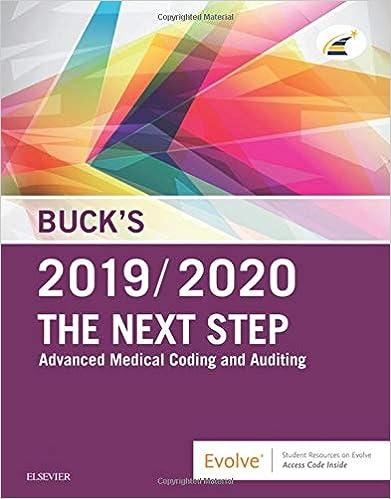Question
Trail Blazers, Inc. produces running shoes specifically for trail running. These shoes have better treads, stronger soles, and more water-resistant material than standard running shoes.
Trail Blazers, Inc. produces running shoes specifically for trail running. These shoes have better treads, stronger soles, and more water-resistant material than standard running shoes. There are two basic models sold by Trail Blazers: TB100 and TB500. Trail Blazers, Inc. has access to the materials and labor needed to manufacture these shoes. The constraint they face is the number of hours the machines used to make the shoes can run. The TB100 requires 12 minutes per pair and the TB500.
TB100 TB500
Sales price (per pair) $ 50 $ 60
Less: Direct materials 22 29
Direct labor 5 5
Variable overhead 5 8
Contribution Margin $ 18 $ 18
1. Assuming demand for each shoe is equal and qualitative factors are not important, which shoe should be produced to maximize profit?
2. Now assume that Trail Blazers marketing department believes that the demand for the TB100 is 150 pairs per week, demand for the TB500 is 50 pairs per week, and that the machines can only run for 40 hours a week. How many of each shoe should be produced to maximize profit?
3. What could Trail Blazers, Inc. do to minimize the machine-hours constraint?
Step by Step Solution
There are 3 Steps involved in it
Step: 1

Get Instant Access to Expert-Tailored Solutions
See step-by-step solutions with expert insights and AI powered tools for academic success
Step: 2

Step: 3

Ace Your Homework with AI
Get the answers you need in no time with our AI-driven, step-by-step assistance
Get Started


